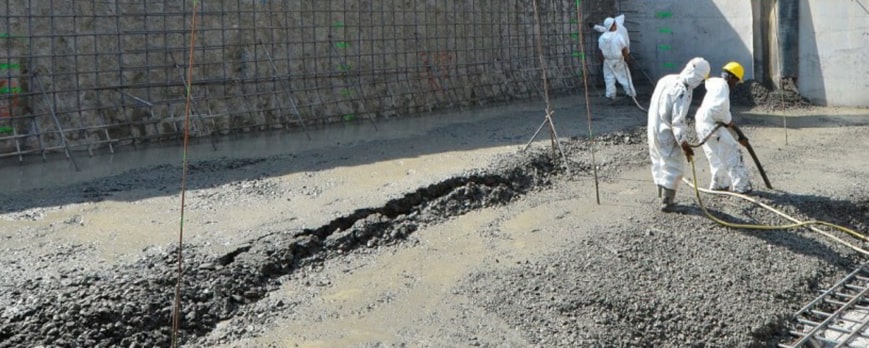Nowadays it is usual that, instead of using a special cement, some properties can be changed by adding an element called admixture.
An admixture is a material different from the normal ones in the composition of concrete, this means that it is a material that is added immediately before, after or during the development of the mix in order to improve the properties of the concrete, such as strength, workability, setting, durability, etc.
There are many of these products on the market and they are available in liquid or solid, powder or paste form.
The most commonly used admixtures can be classified as follows:
1- Air inclusions: It is the admixture that, when added to the concrete mix, creates an increase in its air content causing, on the one hand, an increase in workability and resistance to freezing and on the other hand, a reduction in bleeding (when water comes out of the concrete). Bleeding is a form of segregation in which part of the water in the mix tends to rise to the surface) and segregation (segregation is when the materials that form the concrete are separated; when there is segregation in the mix, there is a concentration of coarse materials in some areas, while the other areas contain a concentration of finer materials.
2- Fluidizers: These admixtures cause an increase in the fluidity of the mix and at the same time reduce the water required to obtain a mix of a given consistency, which results in an increase in workability, while maintaining the same slump. In addition, they can cause increases in both freezing and sulfate resistance and improve adhesion.
3- Setting retarders: These admixtures delay the initial setting time of the mixes and therefore affect their resistance at early ages. They can decrease the initial resistance. They are recommended for hot climates, large volumes or long transportation times.
4-Strength accelerators: These produce an advance in the initial setting time by accelerating the strength at early ages. It is recommended to use them at low temperatures to advance debonding. In addition, they can decrease the final strength.
5- Volume stabilizers: They cause a controlled expansion that compensates the shrinkage of the mixture during setting. It is recommended to use them in machinery support bases, fillings and resins.
6- Hardeners: These additives increase the resistance to wear caused by impact and vibrations. They reduce dust formation.

